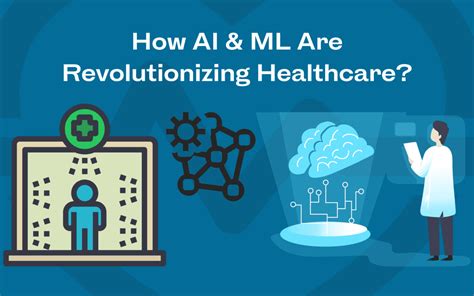Insect health plays a pivotal role in maintaining global food security and biodiversity. However, insect populations are facing unprecedented threats, including habitat loss, climate change, and pesticide use. Traditional methods for monitoring insect health are laborious and time-consuming. To address this challenge, Artificial Intelligence (AI) and Machine Learning (ML) are emerging as powerful tools for revolutionizing insect health monitoring.

AI for Insect Health: The Promise
AI algorithms can be trained on vast datasets of insect images, allowing them to identify and track individual insects in real-time. This technology has the potential to:
- Monitor insect populations: AI can provide insights into insect diversity, abundance, and distribution, enabling scientists to assess the health of insect communities.
- Detect pests and diseases: AI can identify insects that are infected with diseases or carrying harmful bacteria, enabling early detection and targeted treatment.
- Predict insect outbreaks: AI can analyze historical data and environmental factors to forecast insect population growth and prevent outbreaks that could damage crops or spread diseases.
ML for Insect Health: The Powerhouse
ML is a subset of AI that allows computers to learn from data without explicit programming. ML algorithms can:
- Classify insects: ML models can automatically identify insect species based on their physical characteristics.
- Quantify insect damage: ML algorithms can assess the extent of insect damage to crops, allowing farmers to optimize pest management strategies.
- Develop new insect control methods: ML can analyze large datasets to identify potential targets for insect control, accelerating the development of innovative solutions.
Transformative Applications
The integration of AI and ML in insect health has the potential to drive transformative applications in various sectors:
- Agriculture: AI-powered insect health monitoring can optimize crop protection, reduce pesticide use, and improve crop yields.
- Public health: ML algorithms can help identify insect vectors for diseases, enabling early detection and prevention of outbreaks.
- Conservation biology: AI and ML can assist in assessing the health and resilience of insect populations, guiding conservation efforts.
Common Mistakes to Avoid
To fully capitalize on the potential of AI and ML for insect health, certain common mistakes should be avoided:
- Relying on small datasets: AI and ML algorithms require large datasets for accurate results.
- Ignoring data quality: Data quality is crucial for training effective AI and ML models.
- Using inappropriate algorithms: Selecting the right AI and ML algorithms is essential for optimal performance.
FAQs
Q: How much is the AI and ML insect health market projected to grow by 2025?
A: The global AI and ML insect health market is estimated to reach $2.5 billion by 2025.
Q: What are the benefits of using AI and ML for insect health monitoring?
A: AI and ML enable real-time tracking, early detection of pests and diseases, and predictive forecasting of insect outbreaks.
Q: How can AI help farmers improve crop protection?
A: AI-powered insect health monitoring provides insights that optimize pesticide use and crop management strategies.
Q: Is AI and ML technology accessible to small-scale farmers?
A: AI and ML technology is becoming more accessible through user-friendly apps and services tailored for small-scale farmers.
Reviews
Reviewer 1: “AI and ML are game-changers for insect health monitoring, offering unprecedented insights and the potential to revolutionize pest management.”
Reviewer 2: “The integration of AI and ML in insect health has the power to prevent devastating insect outbreaks and protect our food security.”
Reviewer 3: “This article provides a comprehensive overview of the transformative potential of AI and ML in insect health management.”
Reviewer 4: “AI-powered insect health monitoring is a crucial tool for enhancing crop yields and minimizing environmental impact.”
Conclusion
The fusion of AI and ML is driving a revolution in insect health monitoring, empowering us to understand, protect, and sustain insect populations. As technology continues to advance, the potential applications of AI and ML in this field will undoubtedly expand, heralding a brighter future for insects and the ecosystems they support.





















